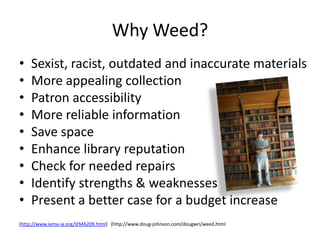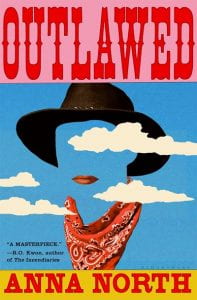Jacobson’s article on the SLJ Controversial Books Survey 2016 notes that, in America, the vast majority of challenges comes from the parents of school children.
This made me remember something about the American context, which I learned at a book industry expo in Toronto. At a panel on Young Adult books, when discussing style and content between Canada and the U.S., a Canadian author explained that publishers of YA novels are very conscious of and seek the approval of the Bible Belt mothers (this was some years ago, I’m paraphrasing here).
That is, the values of the more conservative Southern states can influence the books that get published, and what’s included in them, because those mothers are more likely to read the YA novels themselves before deciding if they’re ‘suitable’ for their children to read.
I found that very interesting and insightful, and while not all publishers (and not all books) are catering to this demographic, it still speaks to the power of the book-buying public (in this case, predominantly white Christian mothers).
I don’t think we have this ‘issue’ in Australia, and I think things are changing in America, too. But I have found that Australian YA is a lot grittier and more realistic than American YA (having read a fair bit). Jacobson mentions that John Green’s Looking for Alaska is frequently challenged; while I don’t like the book myself (I just think it’s not well written and is overly dramatic), it has the ‘gritty’ content lacking in so many other books. The Color Purple is also frequently challenged in American schools, I remember – especially as it’s so often taught there.
Here, now, I think there’s a new issue emerging: mental health. Social media posts often come with a “content note” or “content warning” or “trigger warning” – people want to talk about serious issues but they’re also more aware of potentially making readers’ mental health issues worse in the process. This could be a new area that prompts self-censorship, perhaps.
Last year I read (and loved) Grabriel Tallent’s novel My Absolute Darling. I gushed about it to my TL and we talked at length about the difficult subject matter that forms a key part of the protagonist’s coming-of-age journey. And it really is awful stuff. But our library – which serves Years 11 & 12 – also caters to the staff, and has no real age limits. Resource selection is carried out carefully but staff recommendations are readily catered for. We wouldn’t put, say, Fifty Shades of Grey on the shelves, but a novel dealing with rape/sexual abuse and coercive control is different.
And yet, I’ll admit I was nervous about this. Particularly when one of our school psychologists emailed me to alert me of the tricky content of this particular book – she knows better than me just what awful situations our students might be experiencing. The rates of anxiety are high at our school – partly due to it being a senior secondary college with many high achievers, and partly due to the high levels of support and openness that are being fostered in Australia now. ‘Wellbeing’ and ‘wellness’ are the new buzz words in education departments.
I’m interested in how much this awareness factors into self-censorship, or whether it’s simply absorbed into the idea of a ‘balanced’ collection: that there are many resources to guide and help etc (for instance, we have a whole section called “Life Guides” for books on sexual identity, mental health, stress and anxiety, wellbeing etc.).
References
Jacobson, L. (2016). Unnatural selection: More librarians are self-censoring. School Library Journal, 62(10), 20-24



























Recent Comments
shannon.badcock
"Yes I wondered/worried about that. I find it hard to separate it from ..."
ederouet
"What a great looking blog! I love your widgets and use of categories ..."